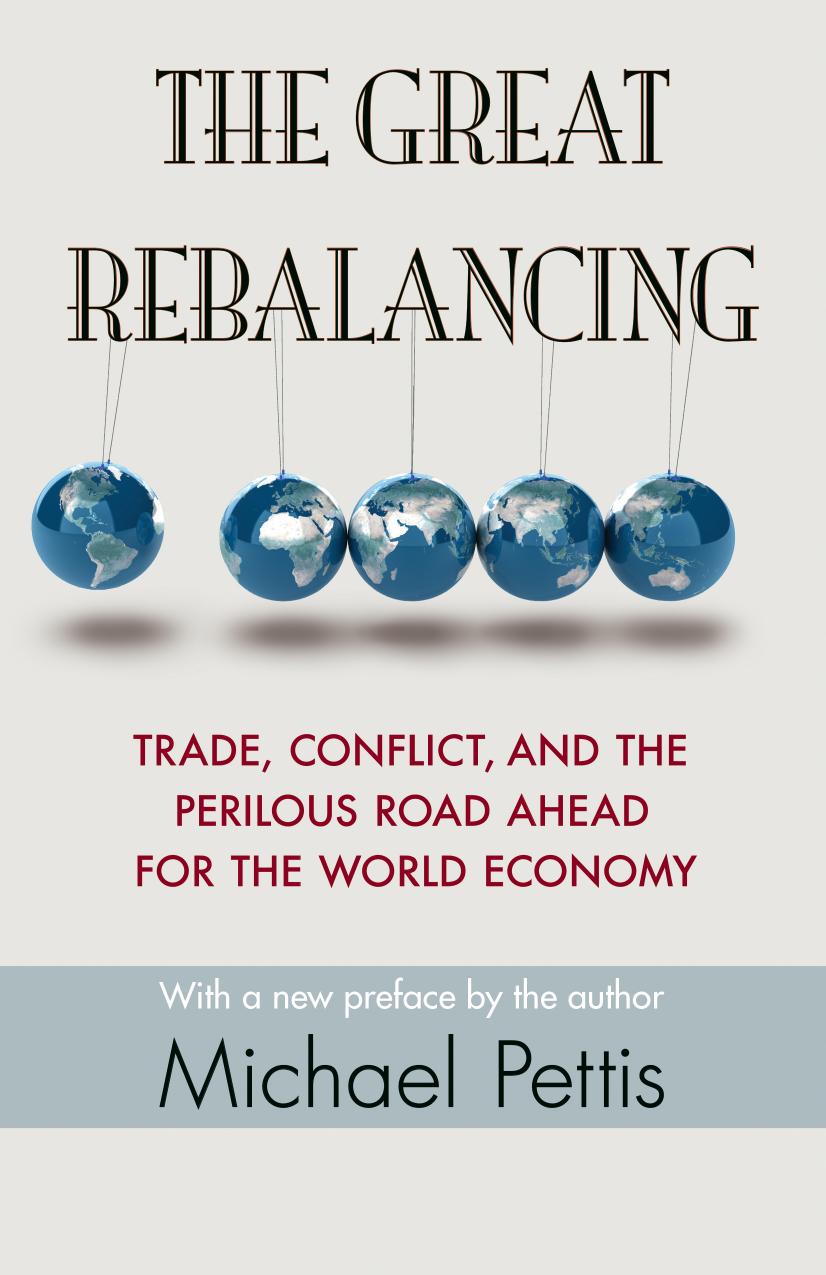The Great Rebalancing: Trade, Conflict, and the Perilous Road Ahead for the World Economy by Michael Pettis

Author:Michael Pettis [Pettis, Michael]
Language: eng
Format: mobi, pdf
Publisher: Princeton University Press
Published: 2013-01-02T14:00:00+00:00
The Global Shopping Spree
Before closing this chapter it is worth identifying and discussing one of the occasionally popular strategies proposed by policymakers as an effective way to close trade gaps. By evaluating the strategy in terms of its impact on savings and capital flows, we can see whether in fact this strategy can work and, if so, how it works.
The strategy involves national shopping expeditions, in which the leaders of a country with an excessively high trade surplus visit a major deficit country, usually the United States, and announce huge purchases, usually of expensive capital goods. In the 1980s, when Japan’s very large trade surplus was a source of global trade tension, this was one of the favored policies of the Japanese government, who would embark on occasional shopping sprees during which government and corporate officials would visit the United States or Europe and announce a huge purchase of goods—often consisting of airplanes, high-tech equipment, capital goods, and so on.
These shopping sprees were politically very popular, and it is easy to see why. They provided widely broadcast media sessions, with beaming executives from Japan and the recipient country announcing large trade deals. Politicians in the recipient country could count the revenues from the various deals, impute from the deals the number of jobs created or saved, and announce a great success with very specific employment generation.
And yet, for all the shopping, the Japanese trade surplus never seemed to decline until after Japan began its great rebalancing in 1990, when the trade surplus managed a steep decline as a share of global GDP even without being aided by Japanese shopping sprees. In spite of its limited success in the Japan case, however, policymakers in both surplus and deficit countries still seem to love the strategy. In May 2012 a senior trade official from the United States proposed the same idea to me, but this time with China replacing Japan as the prime shopper. Why couldn’t China head off American criticism of its trade policies, he asked, by engaging in a similar shopping spree?
If, for example, China were to divert its purchases of Airbuses, to take a controversial example, and buy only Boeings, it would presumably cause a sharp reduction in the U.S. trade deficit by increasing Boeing exports. Europe of course wouldn’t be happy, but because trade tensions with the United States were much more serious and important for China, and because Europe was in too weak of a position to complain, this might nonetheless be a very useful strategy for both China and the United States to follow.
It turns out, however, that as intuitively appealing it might seem to assume that increased government-sponsored purchases by China of American goods would reduce the U.S. trade deficit, in fact the truth is a lot more complex. Such a plan might have no impact on the overall American and European trade balances, although it would have a significant impact on the relative composition of the exports and imports of each country.
To see why,
Download
The Great Rebalancing: Trade, Conflict, and the Perilous Road Ahead for the World Economy by Michael Pettis.pdf
This site does not store any files on its server. We only index and link to content provided by other sites. Please contact the content providers to delete copyright contents if any and email us, we'll remove relevant links or contents immediately.
International Integration of the Brazilian Economy by Elias C. Grivoyannis(75529)
The Radium Girls by Kate Moore(11627)
Turbulence by E. J. Noyes(7708)
Nudge - Improving Decisions about Health, Wealth, and Happiness by Thaler Sunstein(7255)
The Black Swan by Nassim Nicholas Taleb(6774)
Rich Dad Poor Dad by Robert T. Kiyosaki(6185)
Pioneering Portfolio Management by David F. Swensen(6083)
Man-made Catastrophes and Risk Information Concealment by Dmitry Chernov & Didier Sornette(5659)
Zero to One by Peter Thiel(5498)
Secrecy World by Jake Bernstein(4394)
Millionaire: The Philanderer, Gambler, and Duelist Who Invented Modern Finance by Janet Gleeson(4108)
The Age of Surveillance Capitalism by Shoshana Zuboff(3991)
Skin in the Game by Nassim Nicholas Taleb(3973)
The Money Culture by Michael Lewis(3851)
Bullshit Jobs by David Graeber(3837)
Skin in the Game: Hidden Asymmetries in Daily Life by Nassim Nicholas Taleb(3731)
The Dhandho Investor by Mohnish Pabrai(3564)
The Wisdom of Finance by Mihir Desai(3531)
Blockchain Basics by Daniel Drescher(3333)
